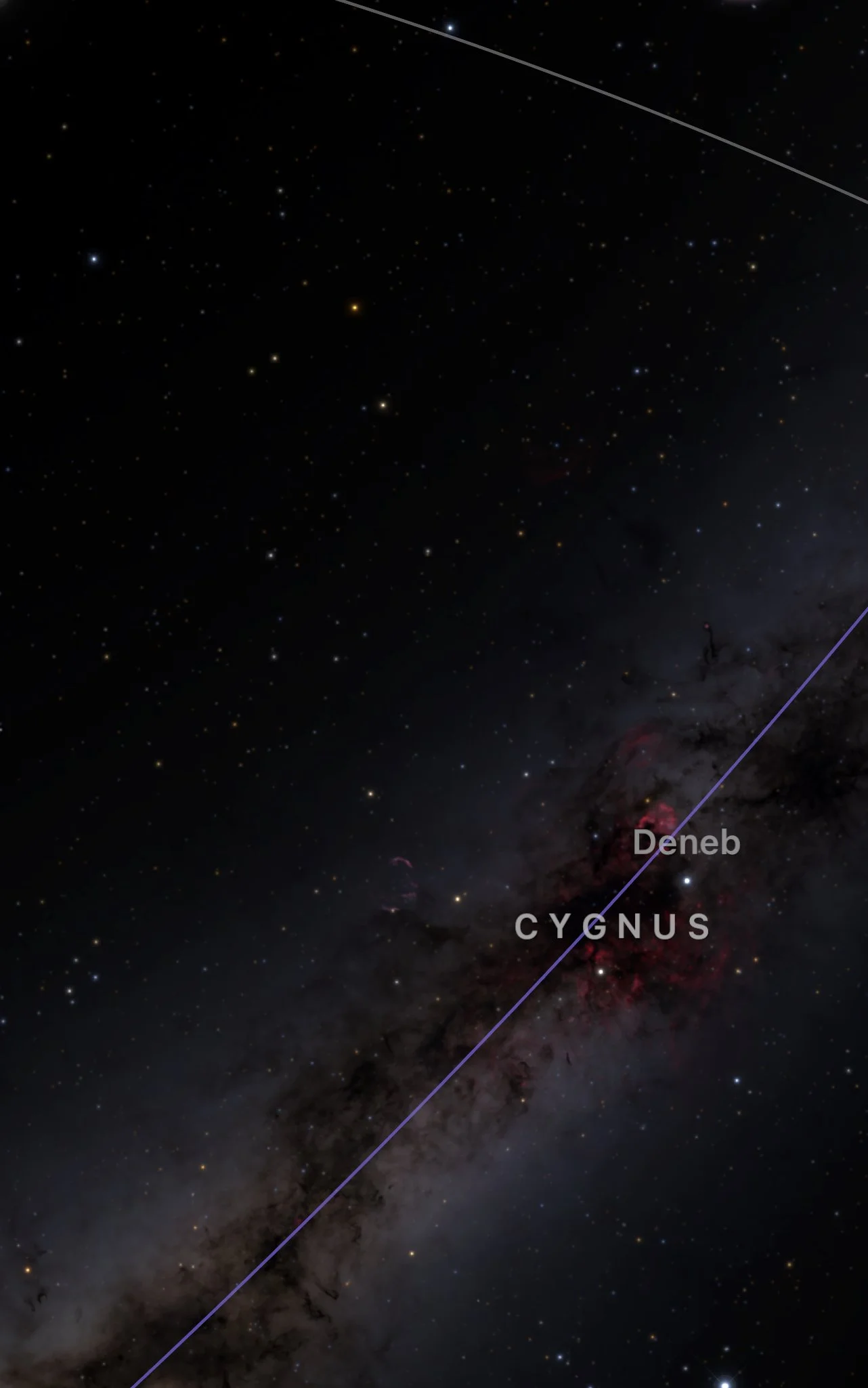….
The month of December is marked by the Winter Solstice, which this year falls on the 21st. This was a very important date in the calendar of the ancient inhabitants of Fuerteventura, the Majos, who – according to the historians – met on the top of their sacred mountain, Tindaya's, in order to witness the sunset, forwarding the return of the rains and of the days with more light hours. And this solstice is also announced in the night sky by the presence of the most significant of the Winter constellations, the giant hunter Orion, which for the Majos was only a part of a bigger asterism called ' the Plough', directly connected to agriculture.
Another very important date of the month, and especially for the ones who love the shooting stars, is around the nights of the 13th and 14th, with the most faithful shower of the year, the Geminids, whose slow meteors can reach the count of 120 per hour in optimal conditions of darkness. The Moon will be in her First Quarter, so will set down early, leaving then a dark sky for the second part of the night.
These days around the center of the month are also the best for the observation of our satellite, which leaves always astonished children of all ages with her seas, her craters and her mountains, which we admire with great detail through a telescope in spite of the great distance.
Clear skies to everybody!
..
El mes de diciembre está marcado por el Solsticio de Invierno, que este año cae el día 21. Esta era una fecha muy importante en el calendario de los antiguos pobladores de Fuerteventura, los Majos, que - según nos relatan los historiadores- se reunían en la cumbre de su montaña sagrada, la montaña de Tindaya, para asistir a la puesta del Sol en este día, que marcaba la vuelta de las lluvias y de la época con más horas de luz. El solsticio está anunciado en el cielo de diciembre por la vuelta de la constelación más emblemática del invierno, el gran cazador Orión, que en la interpretación de los Majos formaba parte de un asterismo que llamaban 'el Arado', claramente conectado con el cultivo de los campos.
Otra cita muy señalada de este mes, y especialmente para los apasionados de estrellas fugaces, está en las noches del 13 y 14 de diciembre, con la lluvia más fiable del año, las Gemínidas, con meteoros lentos que sin embargo pueden superar el número de 120 por hora en las mejores condiciones de oscuridad. La Luna estará en el Cuarto Creciente, así que se pondrá pronto dejando el cielo muy oscuro en la segunda parte de la noche. Las fechas centrales del mes serán también las mejores para la observación de nuestro satélite, que siempre deja asombrados a los niños de todas las edades con sus cráteres, sus mares y sus montañas, que admiramos con gran detalle a través del telescopio a pesar de su lejanía.
¡Cielos despejados para todos!
….






